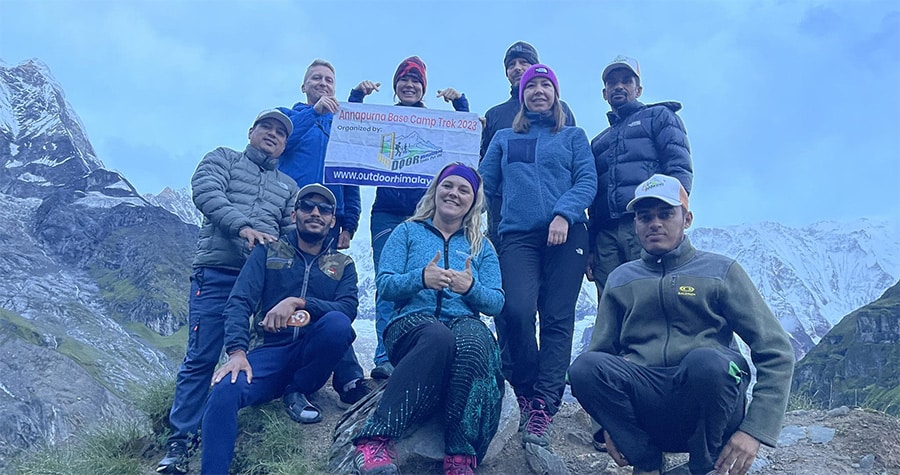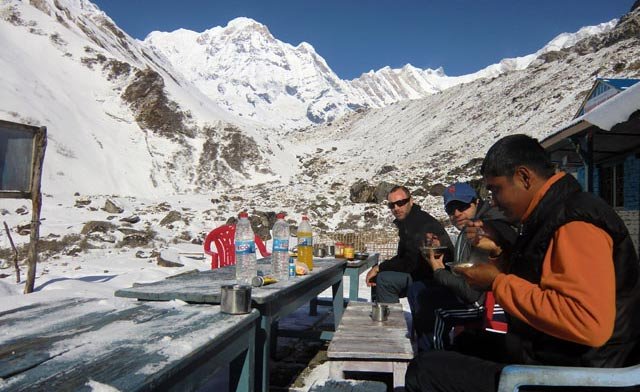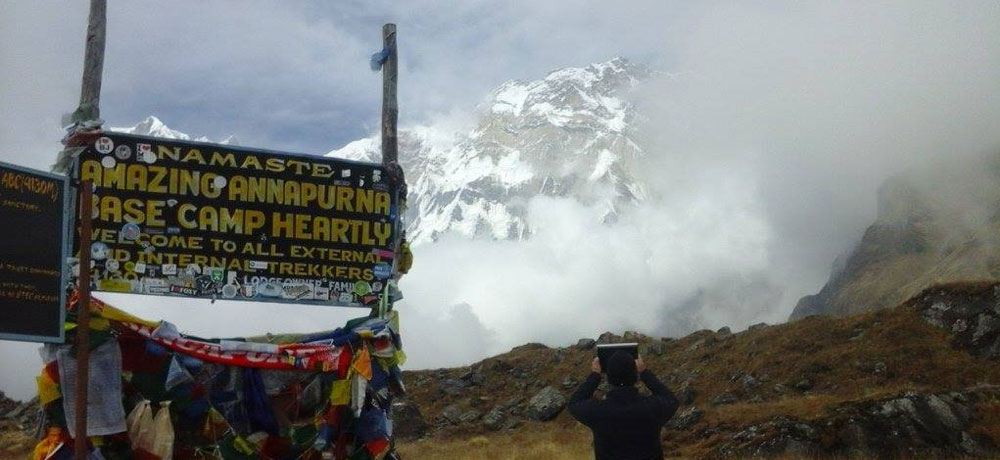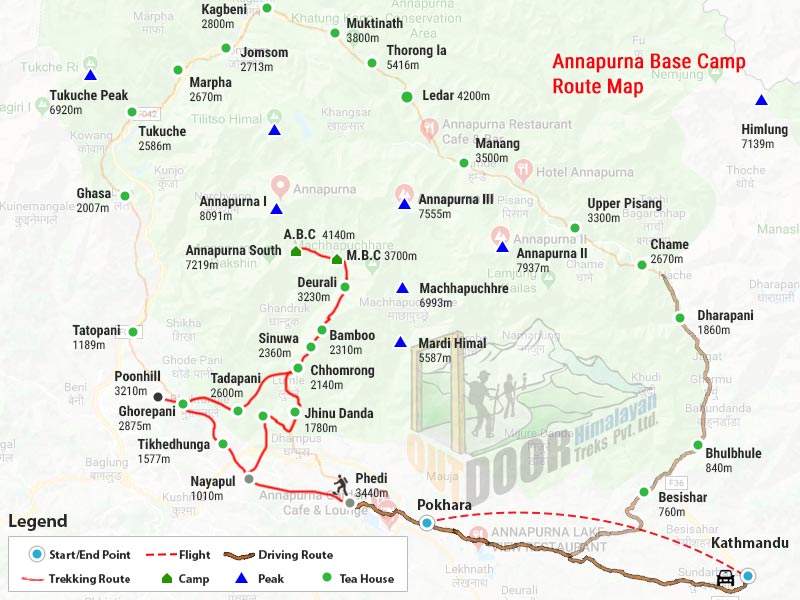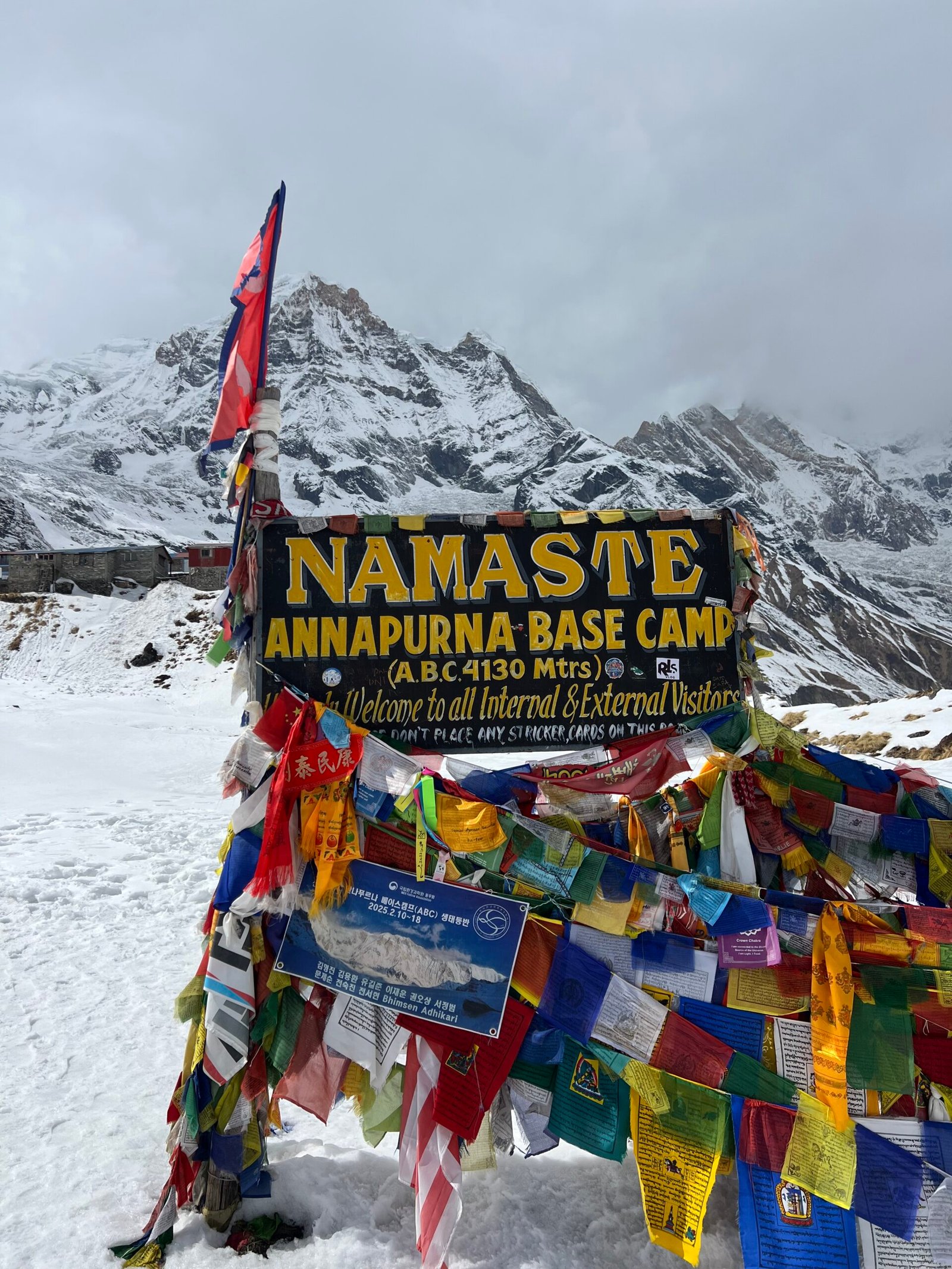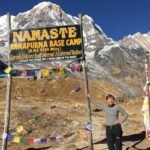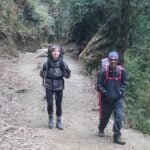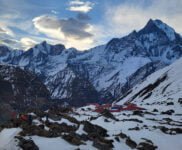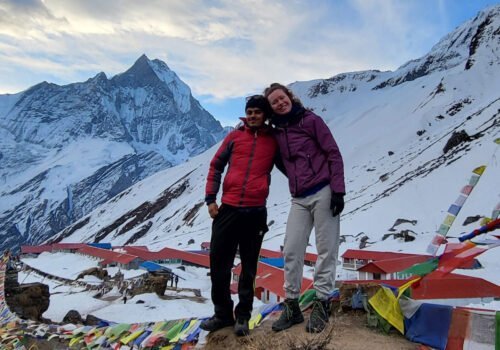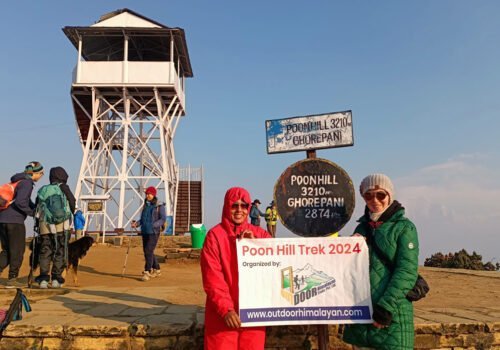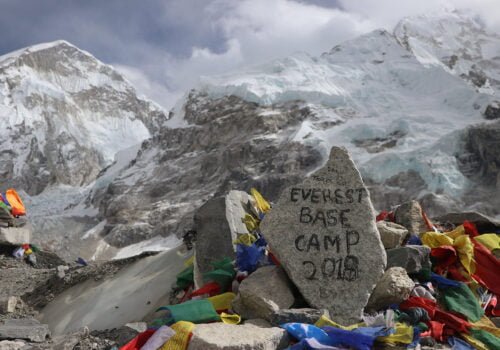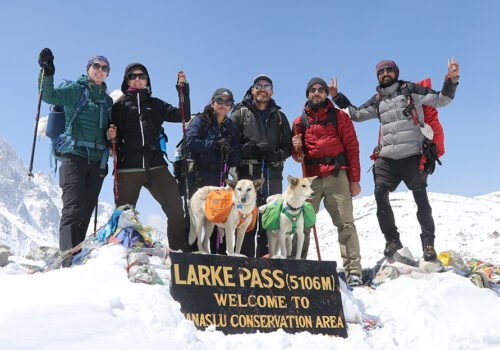Accommodation
Accommodation on the Annapurna Base Camp Short Trek is in teahouses or lodges with basic but cozy facilities. Toilets are usually outside the teahouses. Additional services like Wi-Fi, laundry, hot bucket water, and equipment charging can be reserved at extra cost. Internet and telephone connectivity are generally dependable in the lower areas.
Meals
Trekkers are provided with three full-board meals a day, which is a healthy and hygienic meal during the trek. Breakfast and dinner are offered at the teahouses, and lunch at stopover places on the route.
Drinking Water
Drinking water is easily available throughout the trek. Trekkers can buy mineral water, fill up from taps, or buy boiled water from teahouses. It is best to bring a reusable water bottle to reduce plastic waste. Otherwise, a water purification solution can be utilized. Mineral water costs between USD 1–2 per bottle.
Public vehicles or airways are the means of transportation during the Annapurna Base Camp Short Trek in this Annapurna region. Kathmandu -Pokhara -Kathmandu transportation can be done by tourist vehicle or by plane. Private vehicle options are also there at an applicable cost.
- Transfer from Pokhara to Jhinu by jeep and return to Pokhara by private transport.
The ideal seasons for the Annapurna Base Camp Short trek are Spring (Mar-May) and Autumn (Sep-Nov) as the weather and temperature are stable and offer incredible vistas. The winter and rainy seasons are riskier to trek due to the unstable weather and temperature, slippery trails, and limited availability of accommodation and services. Still, it is possible to trek with proper planning and preparation.
Annapurna Base Camp Short Trek requires compulsory two permits i.e. Annapurna Conservation Area Permit (ACAP) and Trekkers Information Management System (TIMS).
Annapurna Conservation Area Permit (ACAP)
- Foreigners- NPR 3000/person
- SAARC- NPR 1000/person
Trekkers Information Management System (TIMS)
- Foreigners- NPR 2000/person
- SAARC- NPR 1000/person
- Diplomats/Foreign Officials & their families- NPR 500/person
Documents required
- Scanned copies of passport-sized photos and passports of each participant
- Travel Insurance
- Annapurna Conservation Area Permit (ACAP)
- TIMS
Difficulty:
The Annapurna Base Camp Short Trek is a moderate-level trek with a maximum altitude of 4,130m. Trekkers spend long hours walking on steep slopes and descents on rough terrain, which may be tiring. The trek does not demand technical skills, so it is suitable for an average fitness level individual. Prior trekking experience is preferable but not necessary. Our staff offers complete assistance during your tour, making your outing safe and pleasant.
Fitness:
Annapurna Base Camp Short Trek demands trekkers to have good fitness levels. Trekkers should be physically and mentally sound to join this trek. With proper preparation, physical fitness, and acclimatization, it is achievable. Your familiarity with the mountainous terrain and previous trekking experience will be plus points. Besides, maintaining good health and necessary check-ups before the trek proves to be fruitful. Some physical exercises and mental exercises to carry out before the treks are as follows:
Physical Exercises
Cardiovascular Exercises, Leg Strength Exercises, Core Strength Exercises, Upper Body Strengthening, Foot and ankle Strengthening, Flexibility and Stability Exercises, and Hiking Specific Training.
Mental Exercises
Meditation, Breathing Exercises, Stress Management, Solo Reflection, Focus and Concentration Improvement, Setting a goal, Practicing problem-solving skills, Staying Calm and Positive, Enjoying every activity, etc.
The maximum elevation during the Annapurna Base Camp Short Trek is 4,130 m (Annapurna Base Camp). Altitude sickness is common above 2500 m. As the elevation gains, there is a high chance of getting altitude sickness. Thus, acclimatization rest is essential to prevent it. Take an acclimatization rest at stopovers during the trek.
Common symptoms of Altitude Sickness
Headache, nausea, dizziness, uneasiness, appetite, and sleep loss, and on extreme some can experience unconsciousness and hallucination.
Preventions for Altitude Sickness
- Take an acclimatization rest
- Inform the guide
- Climb slowly and gradually
- Keep yourself Hydrated
- Avoid alcohol and salty foods
- Know your body limit
- Take a complete rest and sleep
- Take medicine consulting a guide
It acts as a safety net and is essential for trekking. We recommend getting travel insurance from a reputed company.
- Make sure that you are insured against cancellations, accidents, health, emergency evacuation and loss, theft of, or damage to, baggage, and personal effects.
- In emergencies, we will arrange for a helicopter rescue, medical treatment, and aftercare for you. All these costs shall be borne by your travel insurance company.
The short Annapurna Base Camp is a moderate-level trek. Thus, it requires basic equipment and gear that trekkers can hire or bring on their own.
Clothes: Windcheater jacket, Thermals, Insulating Down Jacket, Fleece, Long sleeve shirts, Gloves, Towels, Inner garments, Trekking pants, Trousers, Shorts, Socks, Raincoat, Balaclava, Bandana, Gaiters
Shoes: Camp shoes, Pair of hiking boots, Rubber sandals
Essential Documents: Passport, Travel Permits, Visa Photocopy, Passport size photos
Food: Light snacks, Energy bars, and drink mix
Accessories: Sunglasses, Hats/Caps, Sunscreen, Lip Balm, Water bottles, Pocket Knife, Solar chargers, Batteries, Head Lamps, Torch, Umbrella, Sewing kit, Water Purifying solution kits, reusable bags to deposit waste, separate clean/dirty clothes
Equipment: Warm Sleeping bags, Map, Trekking poles, Duffel bag




